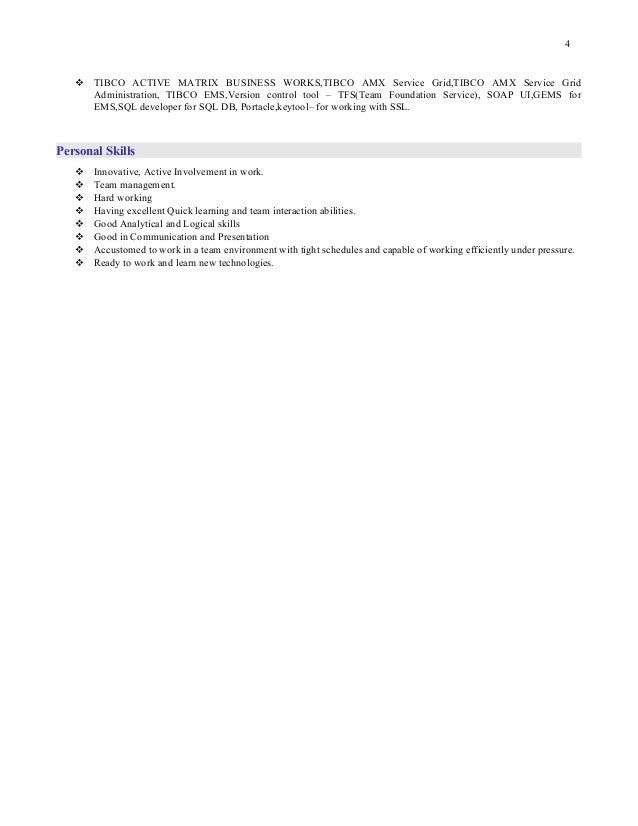
Step 5: Test Client and Server Processes with SSL Now we can move towards creation of a new process in the client side to send a request to the server with SSL encryption enabled. Your imported certificate will now appear in the project as shown below: Then it will ask you to choose the certificate. For this go to Tools–>Trusted Certificates–>Import Into PEM format. Now we need to import the certificate in our project in PEM format. For Identity, choose the JKS file and specify other parameters in the same way as we did for Identity activity at the server side.Ĭonfiguration of Identity at the client project will look like below:

In the Security folder, add a new Identity from Genral Palette. In the project, create a new folder with the name Security. We can now move forward to create a client project in TIBCO Designer to use the certificate.Ĭreate a new project using TIBCO Designer. Keytool -import -v -trustcacerts -alias ajmal_certificate -file ajmal_server.cer -keystore my-cert.jks -keypass -storepass the certificate has been successfully stored in the file my-cert.jks in the client side. Now run the following import command to import the certificate: Get the certificate file from the server authority (in this case ajmal_server.cer) and paste it in some folder in your client machine.
TIBCO GEMS SSL INSTALL
Step 4: Import and Install Certificate on Client Side Create a new process and use same HTTP Connection in the HTTP receiver. Now our SSL configured HTTP Connection is ready at server side. HTTP Connection configuration will look like below: Then click on Configure SSL button and choose the identity. In HTTP Connection configuration, check Use SSL option. Now let us create HTTP connection and configure SSL for it.
TIBCO GEMS SSL PASSWORD
Password should be same that you used while creating the JKS file.Ĭomplete configuration of Identity at the server side will look like below: In the File Type choose JKS and give the password. Make sure that you add 3 slashes in the file name otherwise you will get an error. In the project, create a new Identity (available in General Palette).įor Identity configuration, choose Identity File in the type and browse for the JKS file in the URL. Using TIBCO Designer create a new project (I named it SSLServer).

Step 3: Install SSL Certificate Key on Server Side We can give this certificate file to any client who wants to communicate with our server where we will have the key installed. Now we have our Public key in certificate file (ajmal_server.cer). Keytool -export -alias ajmal_certificate -storepass -file ajmal_server.cer -keystore keystore.jks To export public key from JKS file, run the following command: Once you have created JKS file with a Public-Private key pair in it, your second step is to extract the Public key from the JKS file and then publish it to the world.

TIBCO GEMS SSL HOW TO
Recommend Video: How to use OpenSSL to create self signed certificates Step 2: Export Public Key from JKS File and Publish it Just give some values for these and a file keystore.jks will be created which will have both Public and Private keys in it.
TIBCO GEMS SSL FULL
When you run this command, you are asked some questions like your organization name, your full name etc.

However in real time scenarios, you won’t be using self signed certificates rather you will go for a CA (Certificate Authority) signed certificate. In this TIBCO SSL Certificate Step by Step tutorial, I will explain how we can use a Self Signed Certificate for SSL communication in TIBCO. The other options available to implement security in TIBCO Services is by using LDAP based authentication or simple username, password based authentication. Communication between different applications over the network in a safe and secure manner is enabled by the use of certification mechanism of SSL. In TIBCO, security is of a prime concern when integrating different applications and services. SSL based secure communication is enabled by the use of SSL Certificates. SSL encryption technology works on two key principle–a Public key known to every one and a Private key which is known only to the intended recipient. SSL (Secure Sockets Layer) is a standard security technology used for establishing an encrypted link between a web server and a client.


 0 kommentar(er)
0 kommentar(er)
